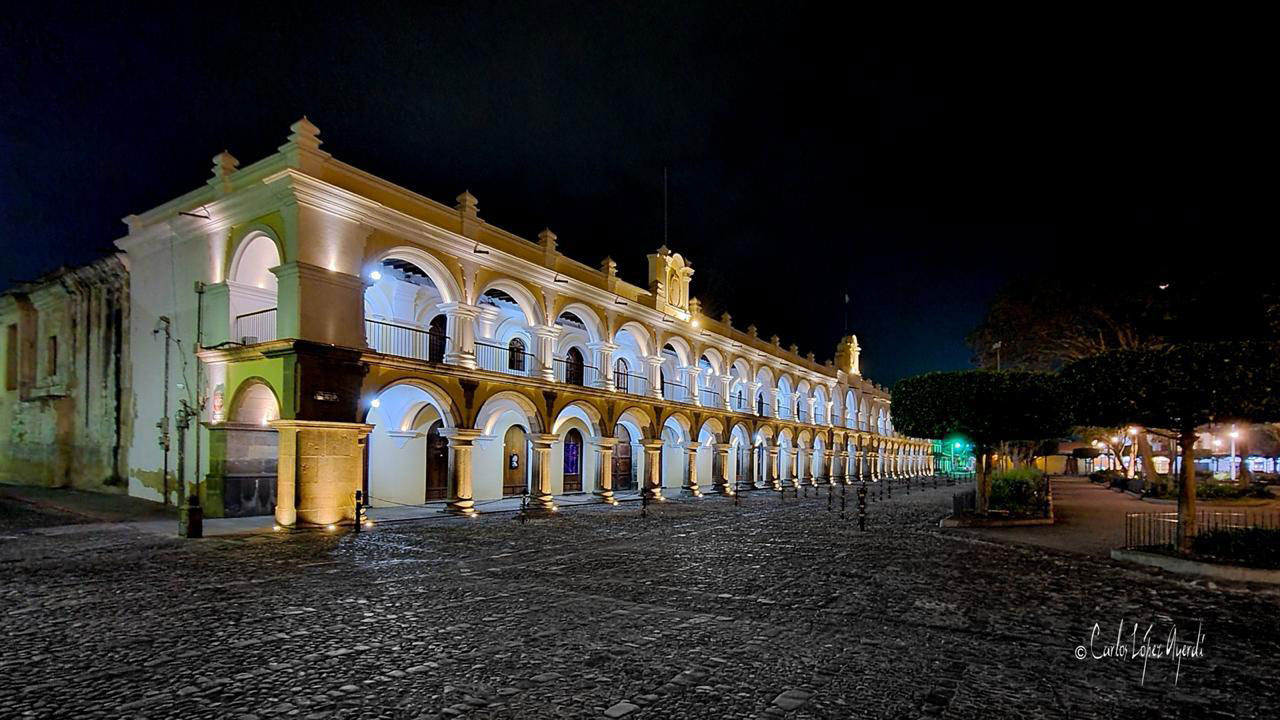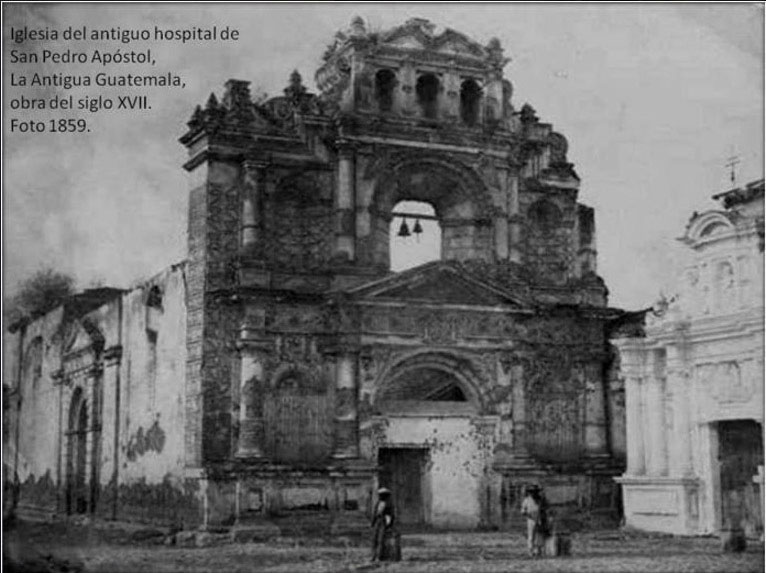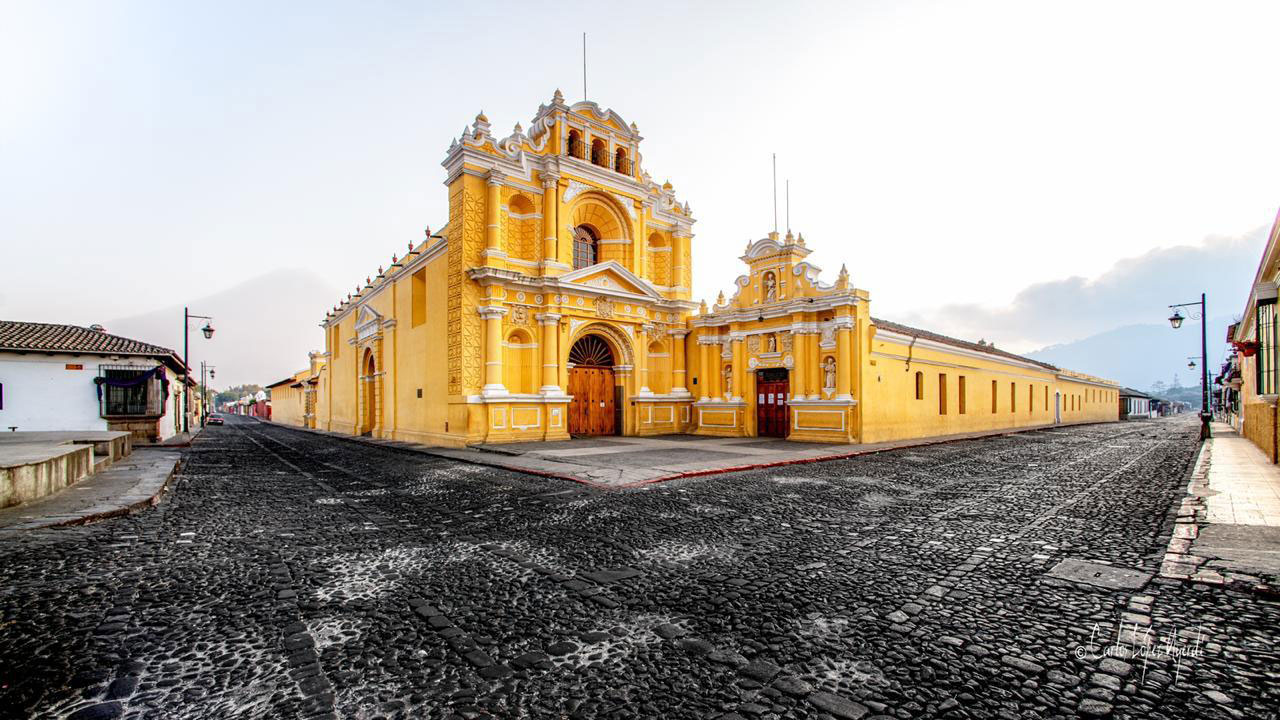
Antigua Guatemala’s magnificent character
Antigua Guatemala’s monuments with fabulous ruined and restored churches, convents, monasteries, and government palaces are a large part of this remarkable city’s charm. When the capital was relocated to Guatemala City in 1773, the city remained mostly abandoned for more than a century. A few inhabitants revived religious processions in 1808, dwellers became known as panza verdes due to their resilience and the city came to life after the 1960s. A few churches were restored by the faithful and the government began its titanic job of embellishing monuments after 1969 through the National Council for the Protection of Antigua Guatemala. Antigua was then included in the UNESCO World Heritage Site List in 1979. Efforts to blend its exquisite ruined character with gardens and breathtaking vistas of volcanoes have created a spectacular city with venues to hold internationally acclaimed weddings and events.
But many of the churches remain closed and still inspire the imagination of passersby. What did they look like in their day? What was the music and poetry composed behind the walls? How did people dress? Today Antigua’s monuments are part of the excitement of reflecting back in time while enjoying today’s vibrant lifestyle.
Participants on my Cultural Walking Tour frequently ask, “How many churches there are in total”? Indeed, it depends how far you extend the count as the region is dotted with lovely colonial churches. In my book, Antigua Guatemala: the city and its heritage (available through Amazon), I include 33 churches and 5 museums and there are more! While Antigua remains on a partial lockdown, we still admire the facades of the finest monuments in the Americas as experts share the consensus that Antigua is one of the best preserved colonial cities in the world!.
(Photos courtesy of Carlos López Ayerdi & Fotos Antiguas de Antigua Guatemala)





